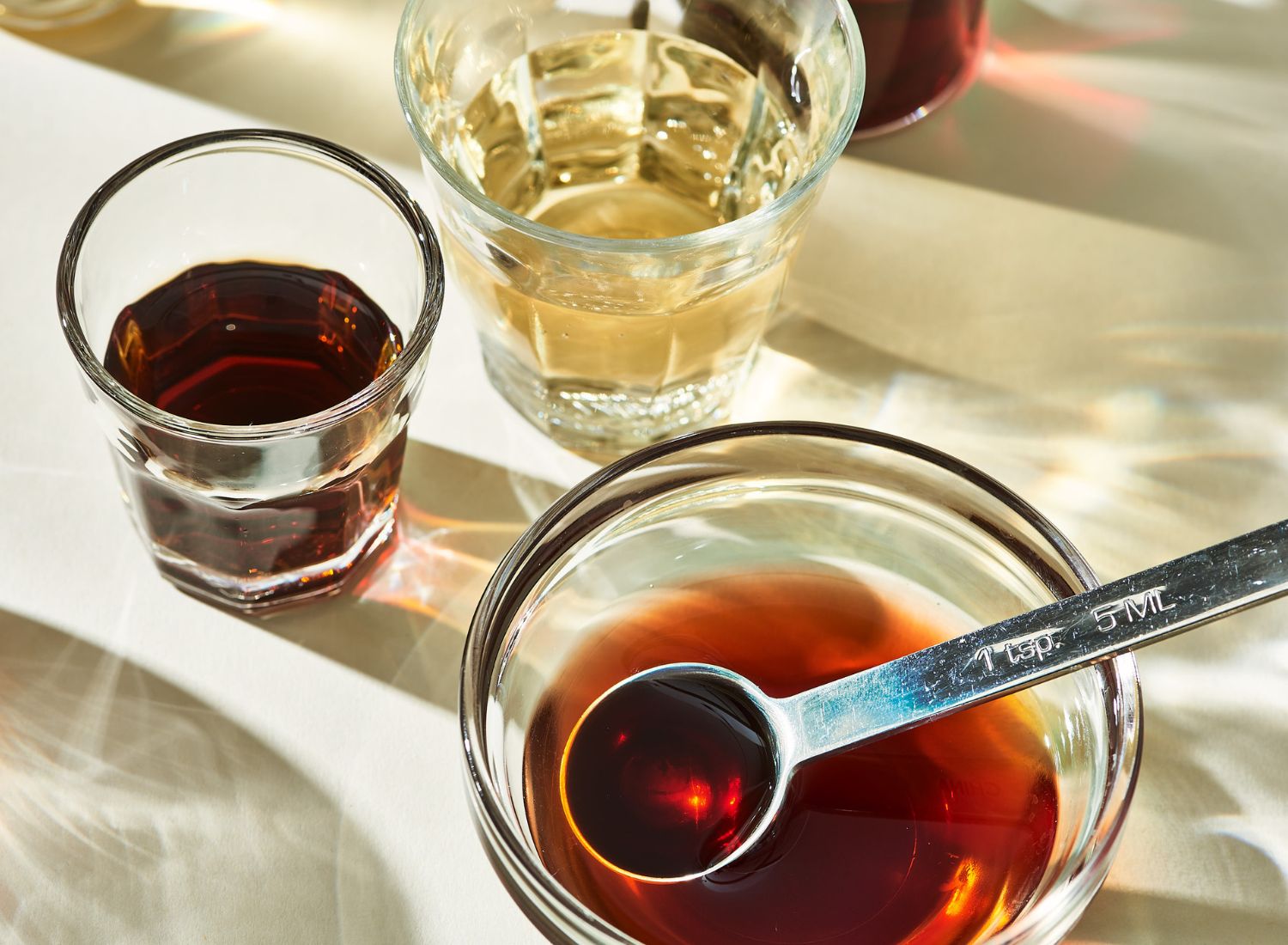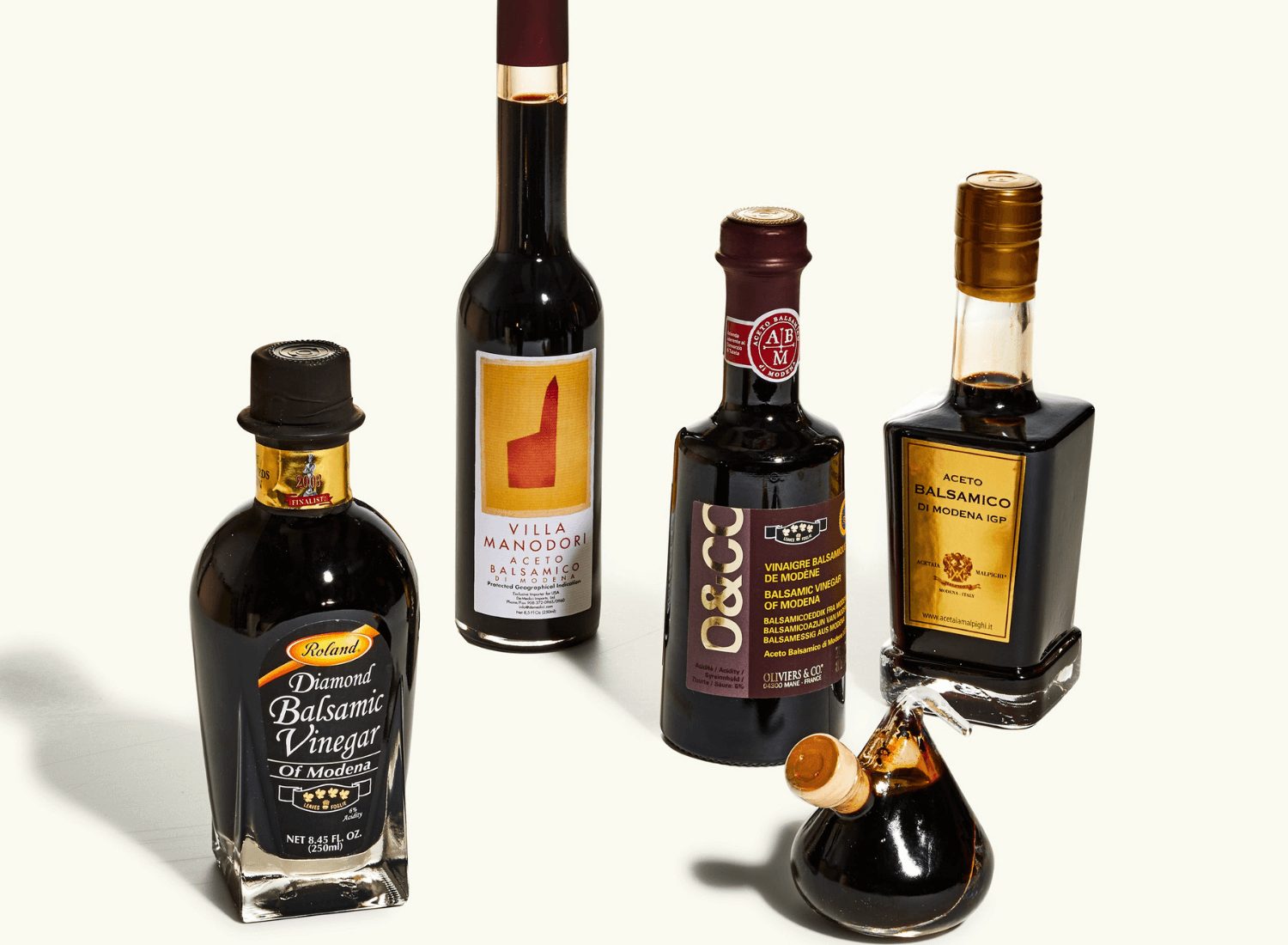By fermenting alcoholic liquid, acetic acid-rich products with a sour or bitter flavor are produced, which is how vinegar is manufactured. Vinegar doesn’t go bad for a very long time. It may occasionally become murky or appear to have changed color, but it doesn’t necessarily indicate that it has.
Vinegar has many advantages, such as preventing diabetes, lowering cholesterol, reducing belly fat, and treating dandruff. Around 3000 BC, the ancient Babylonians discovered vinegar’s first usage. They mostly produced vinegar from dates, figs, and beer, which they utilized in cooking and medicine.
So here are the 15 different types of vinegar you need to check out!
1. Apple Cider Vinegar

This little peach-colored vinegar is used to make salad dressings, tea, and coleslaw. It is used for food preservation as well as flavor. It is produced by starting a fermentation process by adding bacteria and yeast to the liquid from crushed and strained apples. The mixture is then given sugar, which turns the combination into alcohol. Later, the re-fermented alcoholic juice is transformed into vinegar.
2. Distilled White Vinegar

This distilled white vinegar is the most widely-used vinegar in America. Because white vinegar is made by distilling grain, it has a sharp fragrance and a harsh flavor, making it one of the most distinctive vinegar varieties on this list. This produces a crisp and proper product. Most commonly, ketchup, salad dressings, and barbecue sauces employ this kind of vinegar. Due to its strong flavor, it is rarely utilized in recipes.
3. Rice Vinegar
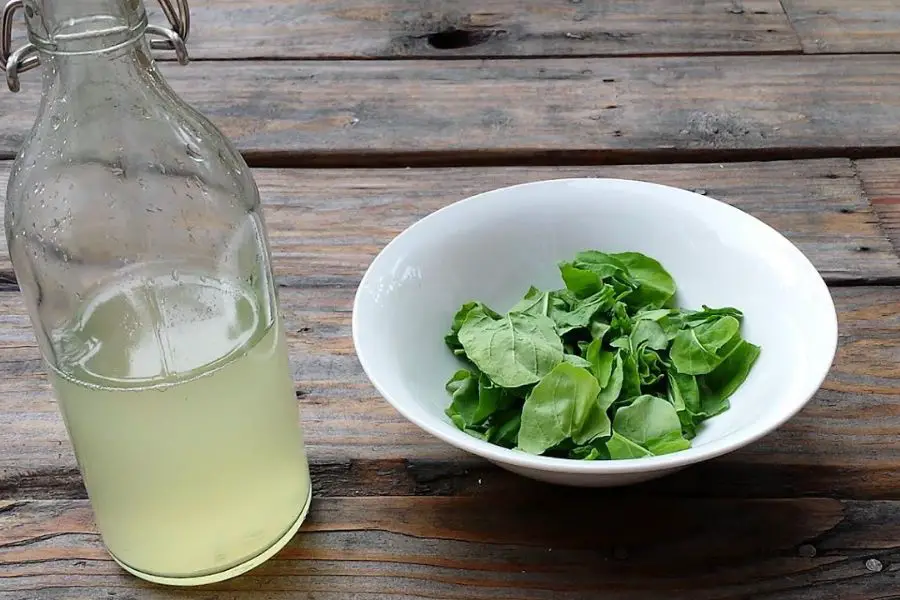
This is made from fermented rice wine and is mostly used in Asian cuisine. This can be included in sushi rice, marinades, pickled veggies, etc. Compared to most types, rice vinegar has lower acidity. It can last for however long you desire if it is stored properly. The estimated shelf life of an open bottle of rice vinegar is over 10 years, while an unused bottle has a shelf life of over 5 years.
4. Malt Vinegar

This vinegar has a moderate but unique flavor because it is made from barley-based beer. The best-known application of this is in fish and chips. Malt vinegar, which is a versatile condiment in the realm of British fried cuisine, is excellent in a straightforward salad dressing made with olive oil and fresh herbs.
5. Balsamic Vinegar
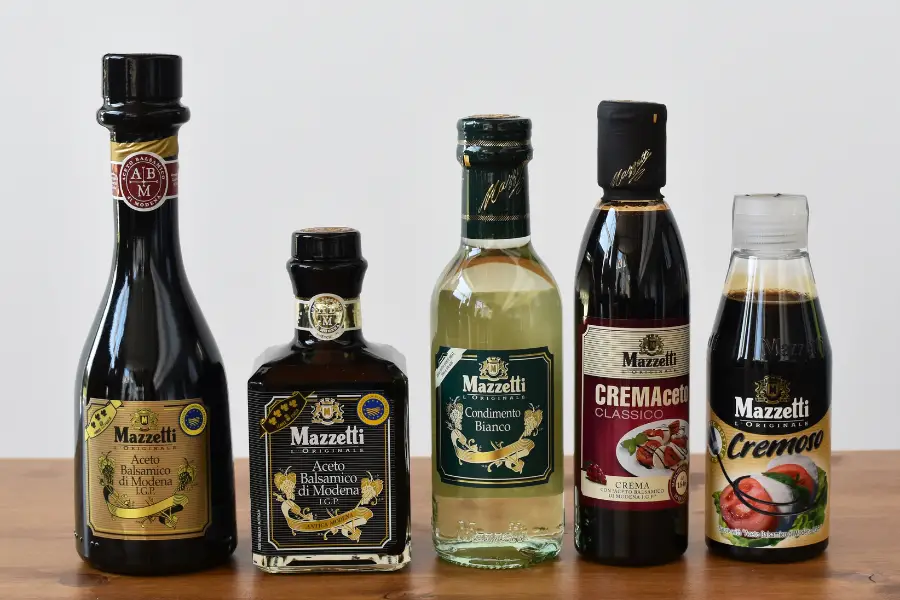
This kind of vinegar is produced from fermenting grapes in wood barrels. This vinegar has a black appearance and a sweet, syrupy flavor. Numerous individuals view this as a luxury item because it was first produced in Italy. This vinegar can be thickened to serve as a source for meats and vegetables or combined with olive oil for salad dressings.
6. White Wine Vinegar
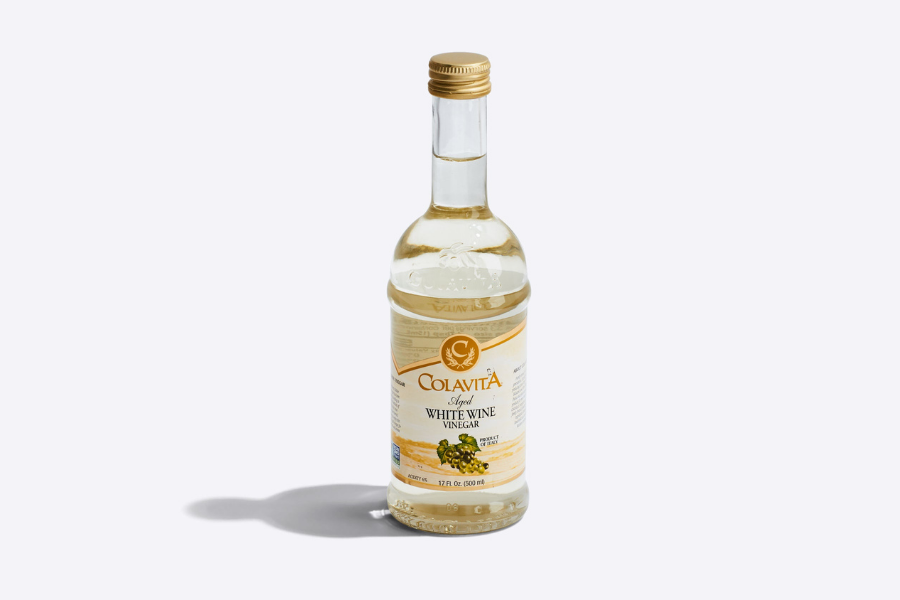
To make creamy potato salads, pick this. White wine vinegar is white wine that has undergone fermentation and oxidation to become a weakly fruity acid. The wine’s ethanol is typically exposed to oxygen throughout the distillation process in stainless steel vats known as acetators. Wine stock, a mixture of wines, can be used to make white wine vinegar.
7. Red Wine Vinegar
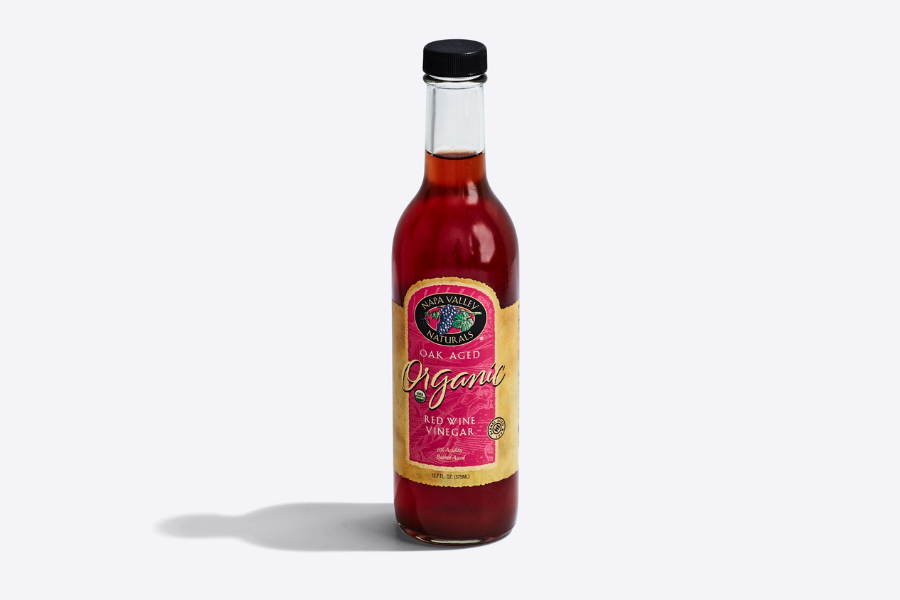
Red wine is fermented, then drained and bottled to create red wine vinegar, just like white wine vinegar. This vinegar is preferred by many people to improve their food. Due to the fact that it may also be used in the home, this variation is special. This vinegar aids in heart health maintenance. Resveratrol and acetic acid in it may decrease blood pressure, cholesterol, and inflammation while preventing blood clots.
Read also – 10 Must-Try Vegetarian Delights In Old Delhi
8. Champagne Vinegar

Using pinot noir and chardonnay grapes, this delicate, flowery vinegar is created. Although champagne vinegar doesn’t go in the kitchen, it can be used for a salad dressing because it isn’t as elegant as it sounds. This vinegar is self-preserving and does not require refrigeration due to its acidic composition.
9. Sherry Vinegar
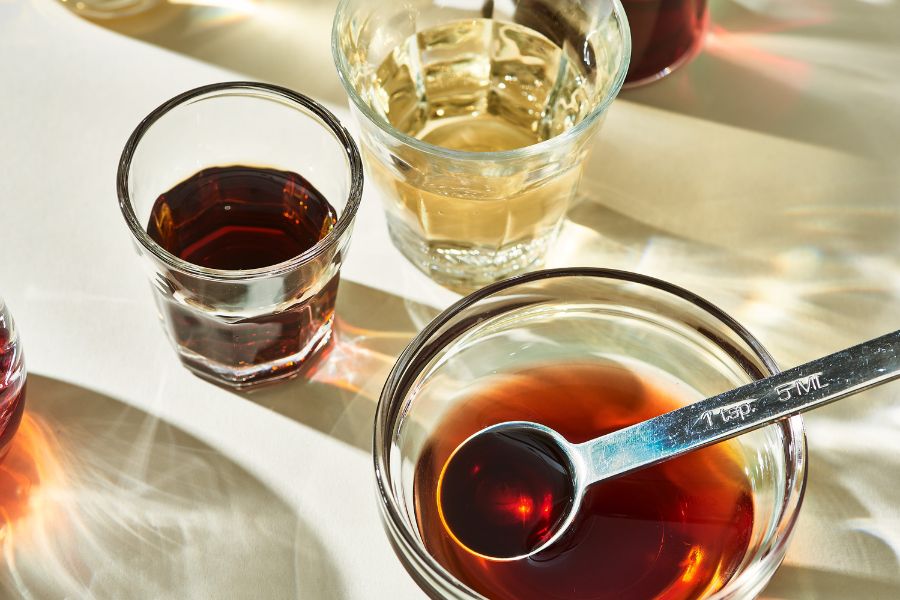
The vinegar is derived from sherry, a fortified Spanish wine. This vinegar has a rich, caramel-like flavor. Spanish and French cuisine both make great use of this kind of vinegar. The flavor of soups, stews, sauces, casseroles, and salads is improved by the sherry vinegar!
10. Cane Vinegar
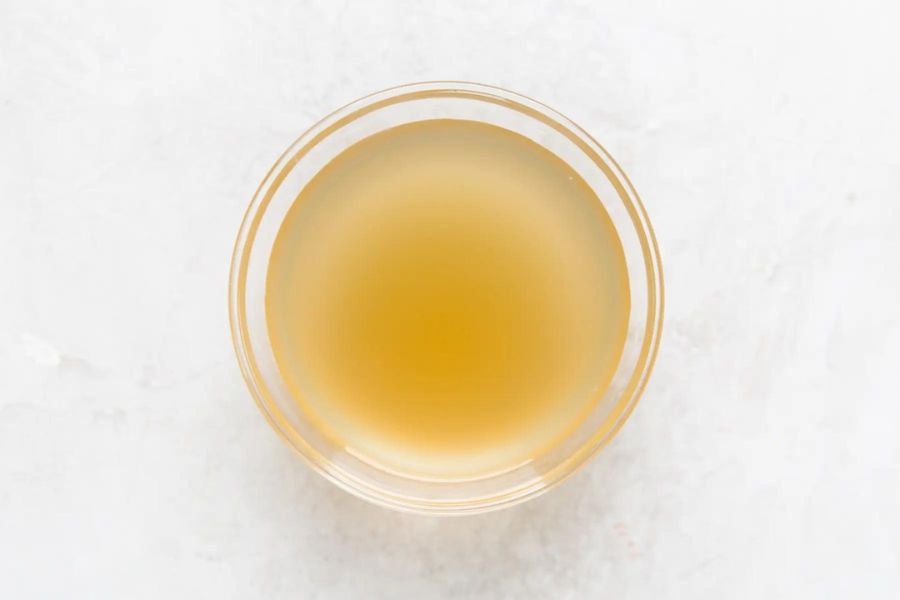
This kind of vinegar is created by fermenting the syrup that is obtained from sugarcane. This vinegar is known as sirka in Hindi and is quite popular and useful in Indian homes. This vinegar aids in reducing the rate at which blood sugar is absorbed.
11. Fruit Vinegar
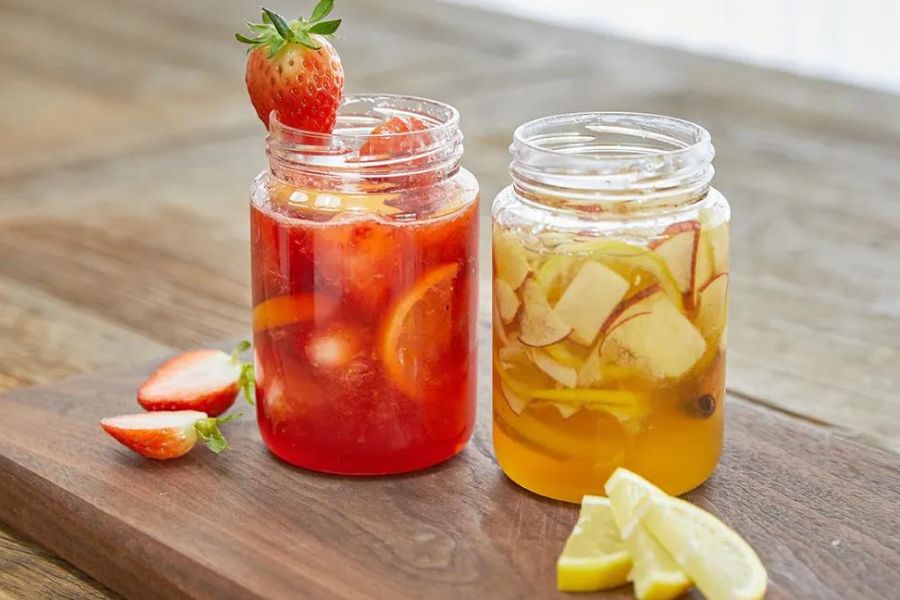
Vinegar can be produced from any fermentable plant product because it is a result of fermentation. However, some of the more popular and alluring variants begin with fruit. For instance, umeboshi vinegar is created from the Japanese ume plums’ pickling juice. It has a tart and sweet flavor (as do many fruit vinegar) and can do wonders for a roasted veggie.
12. Black Vinegar
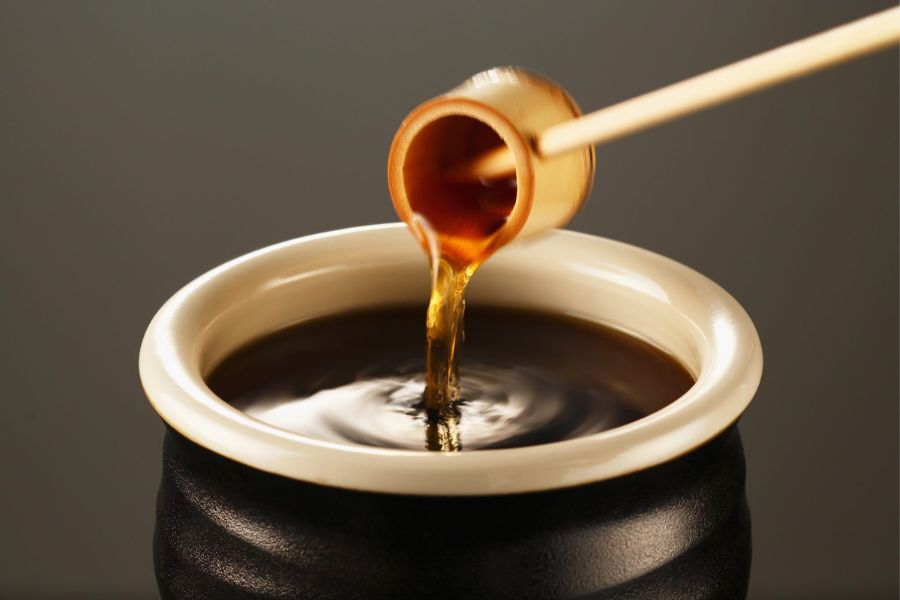
Black vinegar is formally a variety of rice vinegar. It is a staple of Chinese cuisine and esteemed for having an earthy, umami flavor that results from maturing for at least six months. Black vinegar is prepared differently depending on where it is produced: Zhenjiang vinegar in southern China is made from sticky rice, whereas Shanxi vinegar in northern China is made from barley, sorghum, and wheat. However, a dressing comprised of equal parts black vinegar, soy sauce, and oil is great worldwide, regardless of where it is applied. Fortunately, you can purchase black vinegar online and at Asian markets.
13. Coconut Vinegar
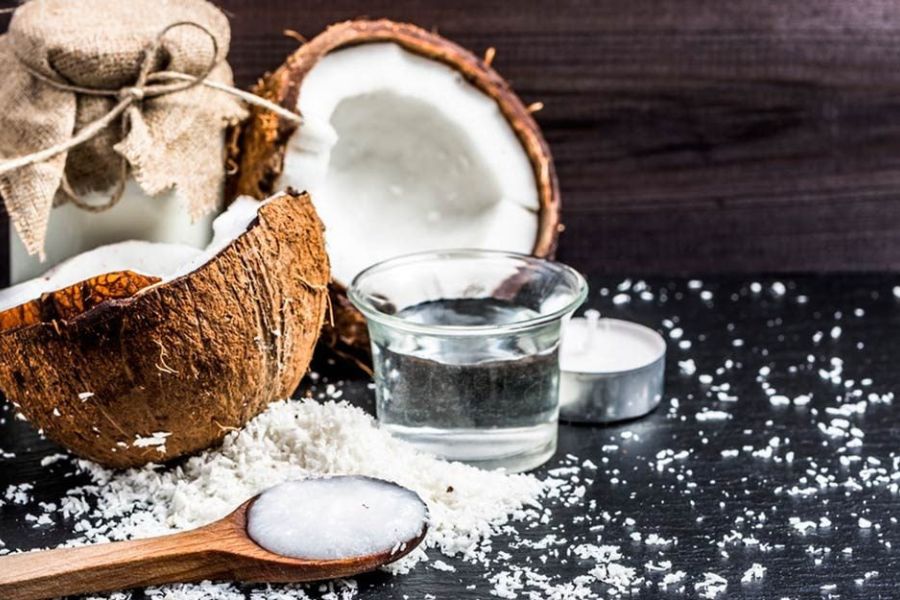
Certain Asian cuisines frequently include coconut vinegar in their dishes. It may be found in recipes from South Asia, like Indian food, or in Southeast Asia, such as Thai food or Filipino food. Not the coconuts themselves, but coconut trees are used to make this vinegar. On the contrary, the blossoms on the trees are used to collect sap. According to Epicurious, the liquid ferments and turns into an alcoholic beverage known as “toddy.” It then undergoes a second fermentation to become coconut vinegar. Don’t anticipate a strong coconut flavor in the finished product. It’s also not as sugary as some goods with coconuts might be. Instead, it’s subtle and intricate.
14. Beer Vinegar

Vinegar made from beer is called beer vinegar. You could be tempted to think of malt vinegar, which resembles beer vinegar to some extent, but not to a great extent. The alcohol used to manufacture malt or beer vinegar is a significant distinction, according to American Vinegar Works. The alcohol required to manufacture malt vinegar is not something you would ever consume. However, digestible alcoholic beers are often used to make beer vinegar. Despite their distinctions, they also share some characteristics. Like malt, beer vinegar can be used by spritzing it on your fish and chips.
15. Raisin Vinegar

This vinegar is popularly used in Middle Eastern Cuisine. It has a soft and mild taste with a cloudy brown color. It can be used to make agrodolce sauce along with some Turkish dishes. Raisin vinegar can be utilized to pickle foods and also help in weight loss.
There are many different types of vinegar to utilize along the way, whether you’re trying to incorporate a healthy habit into your daily routine or add new flavors to your cuisine. Additionally, if you have a few go-to flavors, experiment with other fruity, tangy, or exotic flavor profiles.
Read also – 9 Stunning Ways Dark Chocolate Benefits Your Body
